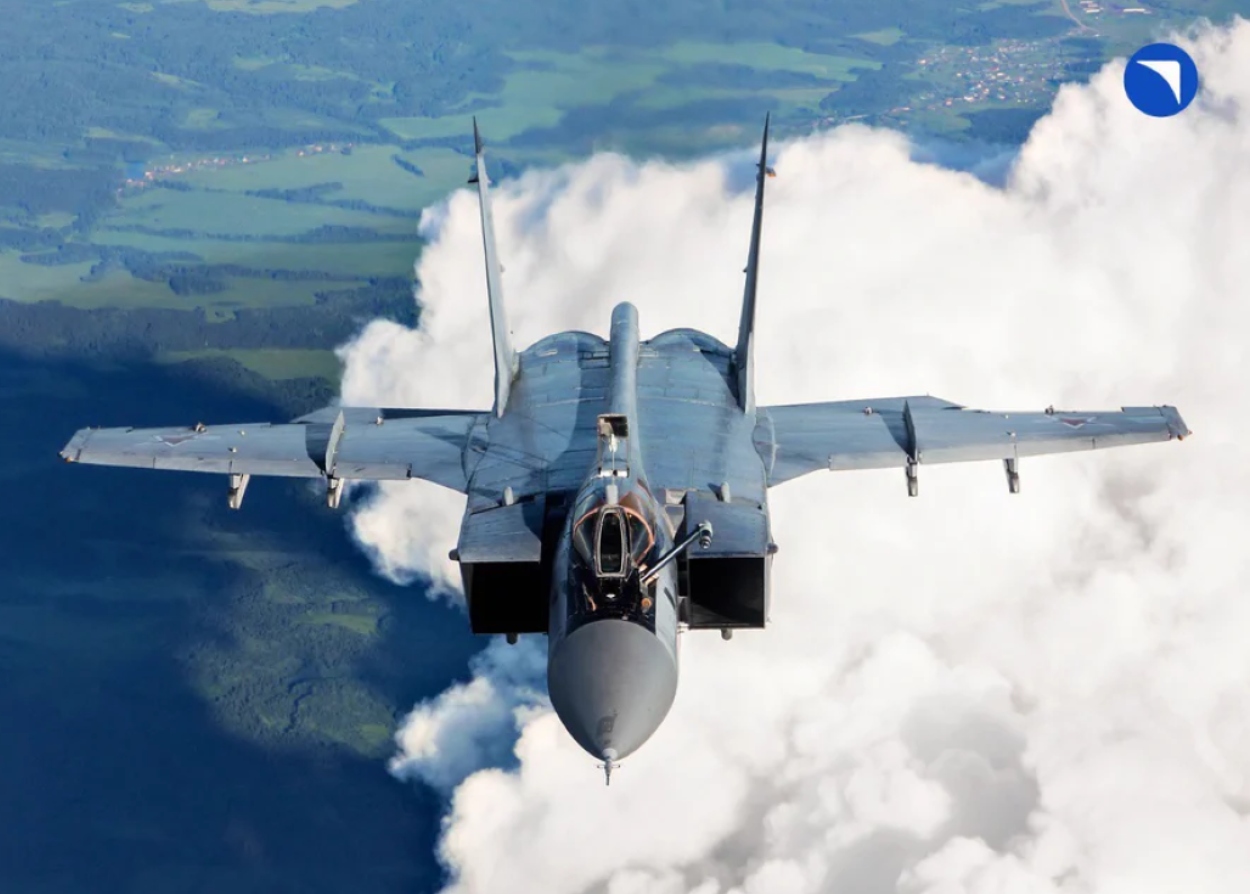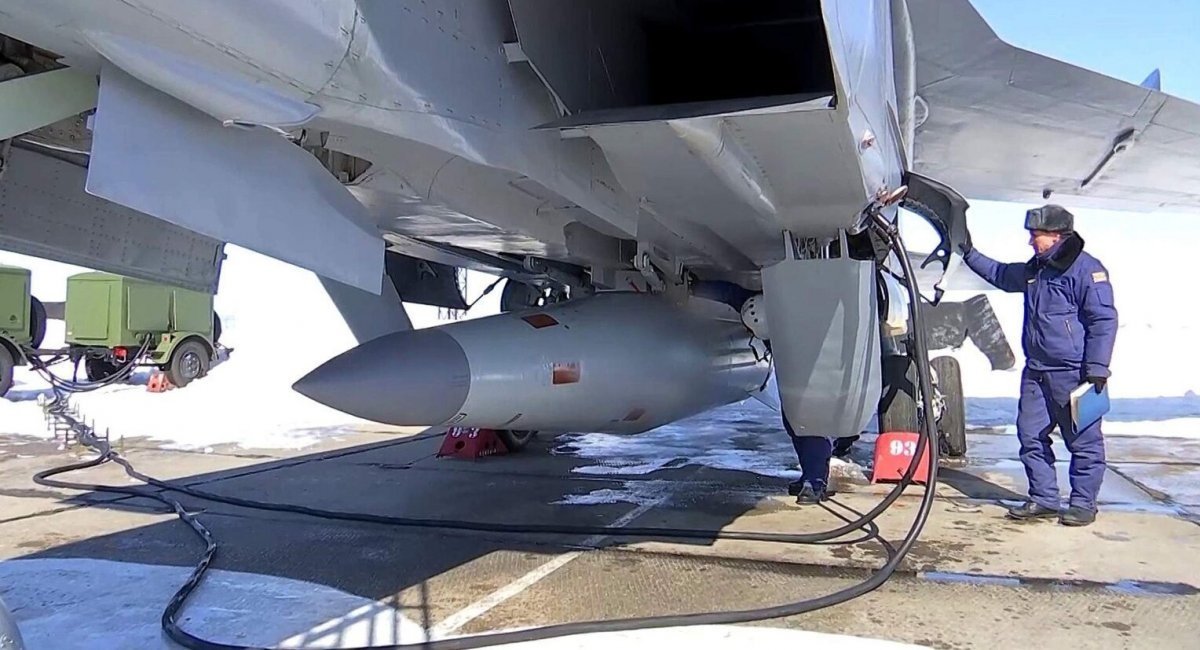Days after the Russian President ordered the Aerospace Forces to initiate continuous aerial patrols over the Black Sea, MiG-31 fighter jets, armed with Kinzhal hypersonic missiles, are now set to commence airborne patrols in the region.
The Tass report citing a Russian MoD source said that following a political directive from the nation’s leadership, MiG-31 aircraft armed with Kinzhal missiles stand prepared to conduct patrols in the airspace above the Black Sea, awaiting the command to proceed.
Sources within the military department said the forces and resources have been finalized, and the Kinzhal carrier aircraft crews have completed their training.
On October 18, Russian President Vladimir Putin declared the commencement of continuous airspace patrols over the Black Sea, emphasizing that this action is non-threatening and solely aimed at monitoring the situation in the Mediterranean region.
During the aerial patrols, MiG-31 aircraft, armed with Kinzhal hypersonic missiles, will be accompanied by Su-27 fighters, as mentioned by the source.
Meanwhile, Russian military expert Captain First Rank of the Reserve Vasily Dandykin, suggested that Russia’s move could serve as a deterrent to potential adversaries.
In an interview with Izvestia, the expert highlighted that this decision is a response to the circumstances in the special operation zone aimed at protecting Donbas.
He emphasized the potency of Kinzhal as a formidable and highly resilient weapon, boasting a range of over 1,500–2,000 kilometers and carrying a significant payload of “hundreds and hundreds of kilograms of explosives.”

However, while Russian experts praised the capabilities of the Russian hypersonic missile, Western analysts maintained that Kinzhal’s lethality falls short of Russia’s asserted claims.
The British Defense Ministry, on October 21, expressed its reservations about Russia’s hypersonic Kinzhal missile and its performance during Moscow’s involvement in the conflict in Ukraine.
The Ministry noted that while the Kinzhal appears formidable on paper, with its ability to operate at hypersonic speeds and evade modern air-defense systems, there is a need for significant improvements in how Russia deploys it to realize its full potential.
Furthermore, the UK government suggested that including long-range Kinzhal missiles in these patrols was likely intended for strategic messaging. This move was designed to convey that Russia still possesses the capability to produce and operate newly developed weapons despite the ongoing conflict in Ukraine.
Kinzhal Set To Gain Mid-Flight Target Adjustment Capability?
The Kinzhal is a Russian air-launched missile system equipped with a combat hypersonic aeroballistic missile. It achieves remarkable speeds, approximately ten times the speed of sound, rendering it impervious to interception systems.
President Putin introduced the Kinzhals in 2018 as a component of Russia’s “next-generation” weaponry.
A source close to the Russian Aerospace Forces told TASS on October 25 that the Kinzhal missiles can alter their target designation directly during flight, eliminating the need for ground-based adjustments.
This feature is expected to streamline the Black Sea patrols for the crews of MiG-31K aircraft. “Now the MiG-31K will begin to be on duty in the Black Sea, and the Kinzhals, with which they are armed, can be programmed directly from the board, that is, the programming is not on Earth, but from the board, in flight conditions retargeting,” the agency’s interlocutor said.
However, a Russian media outlet, Izvestia, contradicted the idea that the capability to input flight tasks directly into the Kinzhal missile during flight is a new development.

According to Izvestia’s sources, this feature has always been available. The report emphasized that the crews of MiG-31 carrier aircraft have repeatedly utilized retargeting during the combat use of the Kinzhals.
“There are two people in the crew of the MiG-31K. This is the pilot and the operator-navigator. The pilot is responsible for piloting. The operator monitors the status of the missile, enters the target coordinates, and selects the flight parameters,” one of the publication’s interlocutors said.
The sources asserted that the Kinzhal missile system is equipped to receive target coordinates remotely from the ground via radio communication or an automated control system. This functionality enhances its precision and adaptability during operations.
Nevertheless, the claim could not be independently verified by the EurAsian Times. If accurate, such capabilities would undoubtedly provide the Russian Air Force a substantial advantage.
- Contact the author at ashishmichel(at)gmail.com
- Follow EurAsian Times on Google News




